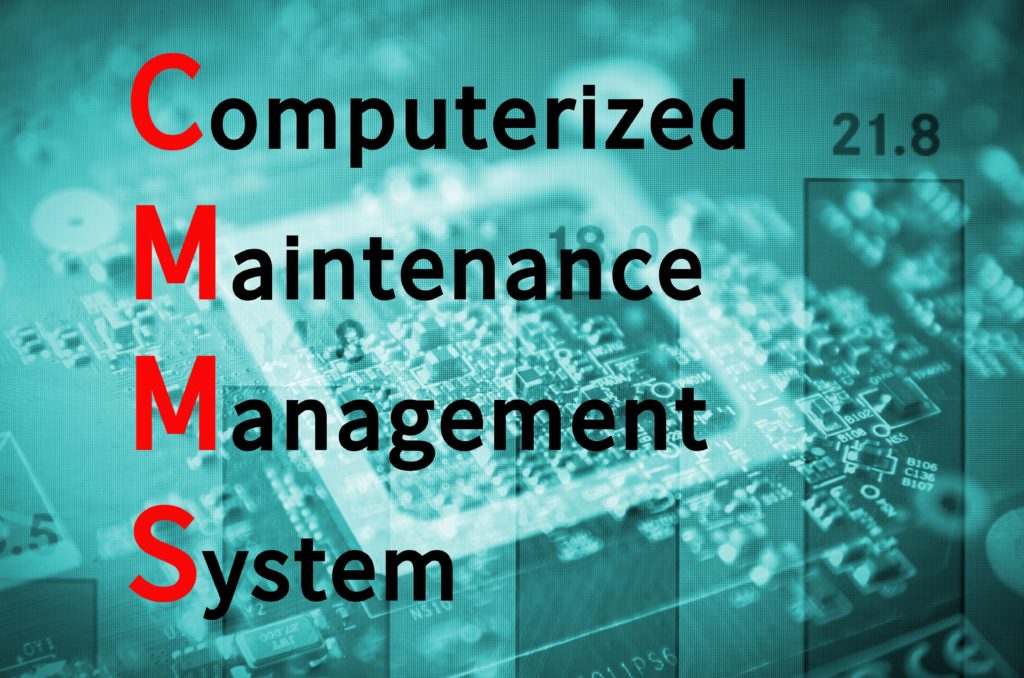Maintenance is an extremely important part of any manufacturing business small or large. Without a regular inspection and repair schedule for your equipment, things can quickly fall apart. In fact, not keeping track of this information can lead to productivity loss, income reduction, and client base elimination — not a good trifecta if you’re trying to compete in an increasingly aggressive business world.
A computerized maintenance management system (CMMS) package can help you maintain all planning and maintenance activities in your organization. Plenty of CMMS packages are available. Here are some considerations when looking at implementing a CMMS solution:
- Do you require a CMMS solution? It’s easy to lose money if you wait for repairs until the last minute or run a machine to failure without calculating replacement and downtime costs. When you haven’t planned ahead and machines break down, it may be too late to do anything but spend large amounts of money to replace equipment. By implementing a CMMS solution, you gain the ability to track all information on individual equipment pieces, including warranty information, parts data, repair logs, and more.
 Who’s responsible? You may not have staff in place to manage your CMMS. However, you can cross-train employees across different departments on your CMMS package. This can help you avoid a single failure point. By setting up access for all employees involved, you can create redundancy.
Who’s responsible? You may not have staff in place to manage your CMMS. However, you can cross-train employees across different departments on your CMMS package. This can help you avoid a single failure point. By setting up access for all employees involved, you can create redundancy.- What’s your budget? Can you afford not to purchase a CMMS solution? Consider your last equipment failure and the repair or replacement downtime it required. A database containing information on failures, repairs, and costs would’ve been useful. This is especially true if you have multiple business locations.
Instead of paper invoices, checklists, and schedules, CMMS packages allow business leaders to input all information — warranty materials, maintenance history, preventative and predictive maintenance information, trending data on where possible failures may occur, and scheduling — into one database for easy retrieval. In the end, purchasing this software can be a win-win situation for everyone in your organization.
